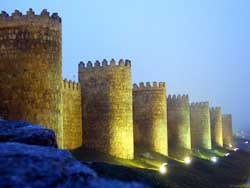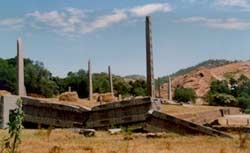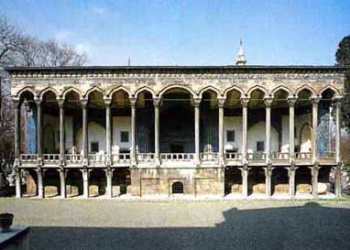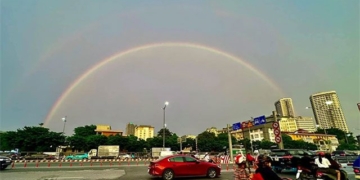Saudi Arabia Collaborates with Dutch Greenhouse Company Van Der Hoeven to Create an “Artificial Climate” Farming Zone in the Desert.
Experts are transforming an area equivalent to 15 football fields into a farming oasis on the outskirts of Neom, Saudi Arabia’s new city being built in the desert near the Red Sea, as reported by Bloomberg on August 7. This is the largest investment in food technology for a country like Saudi Arabia: The largely arid landscape and harsh summer temperatures have forced the country to rely heavily on food imports.
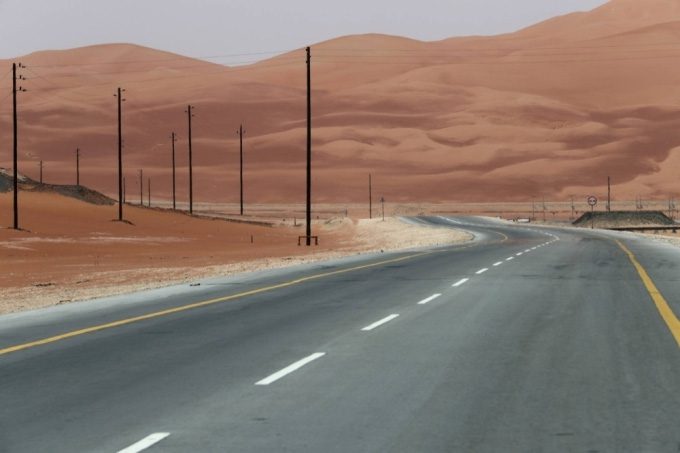
A highway running through the arid landscape of Saudi Arabia. (Photo: Reuters).
According to the Dutch company Van Der Hoeven, this new project is just the beginning. The company has signed a $120 million contract with the Saudi government, which includes designing and constructing two pilot facilities in the outskirts of Neom and operating them for several years.
“We are building an artificial climate environment where outdoor farming is challenging, with the goal of enabling year-round crop production,” said Michiel Schoenmaeckers, CEO of Van Der Hoeven.
In Neom, Saudi Arabia is turning to experts from the Netherlands, the world’s second-largest agricultural exporter after the United States, despite being one of the smallest countries in Europe. The country’s capabilities have increased thanks to innovative solutions like advanced greenhouses and vertical farming, with half of its land allocated for agricultural production.
Beyond meeting the needs of Neom, the ultimate goal is to turn the new facilities into a regional food hub. They will supply food to other areas of Saudi Arabia and serve as a positive example for other countries struggling with food security amid climate change, according to Juan Carlos Motamayor, CEO of Neom Food.
The project is expected to significantly expand after the two pilot greenhouses are ready, Motamayor stated. Construction began earlier this year and is expected to be completed by 2024. “We will scale up to hundreds of hectares with various types of greenhouses,” Motamayor added.
Neom requires over 1,000 hectares of greenhouses to achieve its goal of producing more than 300,000 tons of fruits and vegetables. The city is striving to meet this target within the next 8 to 10 years. “There is no other place in the world trying to develop at the scale we want to grow and implement agriculture in arid conditions,” Motamayor remarked.
Van Der Hoeven, equipped with the latest cultivation technologies such as advanced water filtration systems and artificial intelligence (AI) farming systems, plans to start operating the first facility as early as August next year.
At the first site, a new cooling system utilizing solar energy and seawater will be implemented to operate the greenhouse throughout the hot summer months. This method significantly reduces the amount of water consumed from local sources. At another site, a greenhouse will be built to showcase perennial crops for Neom.








































